Wild Fruit Foraging and Dam Jam Recipe
This is our entry to the food photography contest hosted by @juliank
Last week the Pirates went out for a spot of wild fruit foraging and came back with a good haul.
Rubus phoenicolasius aka Japanese Wineberry.
========================================
Wild Produce Foraging Near A Natural Attraction
A few tens of kilometres from where we live the Aratiatia Dam spans the mighty Waikato river. Four times a day in summer and three times in winter the control gates are opened to let water, up to 90,000 litres per second, rush down a natural gorge, a twenty-eight metre drop in the space of one kilometre. This rushing water is used by the Aratiatia Hydroelectric Powerstation to generate electricity. Tourists gather almost every day to see the impressive sight. Just below the control gates is a pool whose water level increases by four to five metres in the space of only a few minutes.
As with many parts of New Zealand this natural feature had been used in the filming of a Lord of the Rings related movie. In this case, it was from one of the Hobbit movies: The Desolation of Smaug. The scene where Bilbo and his Dwarven companions must escape via a fast flowing cataract in barrels. To film this scene the crew apparently threw forty barrels into the top of the gorge every day, just as the control gate was opening, and filmed their downstream progress. The characters were then added in with computers at a later date, probably to the actor's relief.

But none of this is why we visit the Dam. Instead, we go to forage for wild fruits. Particularly the Japanese Wineberry (Rubus phoenicolasius) that grows in abundance in the area. If you time it just right you can easily pick many kgs of these delicious little berries. And if you do you don't have to worry about leaving enough for other people or the birds. There are literally hectares of this invasive plant. In the area can also be found a whole heap of Brambles (Rubus fruticosus also known as Blackberries) as well as wild Plum and Apple trees.
Plums, Brambles and Wineberries. A good haul.
Sometimes the flavour is best savoured with eyes closed.
========================================
The Plant
Originally native to the temperate regions of eastern Asia the Japanese Wineberry, also know as the Dewberry, was naturalised in New Zealand in 1922. It has also been extensively naturalised in Europe, Britain and North America. These plants are not to be confused with Aristotelia serrata, a New Zealand tree also commonly called Wineberry. Not that either plant looks anything like the other. Rubus phoenicolasius is one of the most easily identified wild edible plants, with no poisonous look-a-likes, but may be mistaken for the Red Raspberry, Black Raspberry or Brambles, all of which are also edible.
Ripe berries, a deep red colour, are sweet and tart, with a raspberry-like flavour and very sticky due to their high pectin content.
The plant's leaves, stems and branches are covered with tiny spines that can easily embed themselves in fingers and other body parts so wearing gloves can help when picking. Or you could just take some Kiwi advice and 'Harden Up!'
Can you tell she likes them?
========================================
The Recipe
Ingredients
800g of Brambles and Wineberries
600g Apple pectin
500g Sugar
Pinch of Salt
2 Lemcubes (frozen Lemon juice)
Method
When making jam with Wineberries you should have no problem at all in getting a final product that sets to a good solid jelly. As mentioned before these berries contain a lot of pectin. Even after only a few minutes of picking them you will have very sticky hands. This means they are perfect for making jams with other low pectin fruit.
However, we opted for making our own Dam Jam recipe, as we have in many seasons past.
Placing all of the ingredients in a large pan bring to the boil. You may want to add a little water to start with but as the Wineberries and Brambles are so juicy you probably don't need to. A simple rule for making preserves is that water content will prevent the final product from setting well. The more water you add the more water you will have to boil off.
Check out our post Things to Make and Do in the Pirate Kitchen if you don't know how to make your own Apple pectin.
Once the mix has boiled for a while and the berries are broken up turn the heat down and simmer until you see a skin starting to form.
A handy tip for checking if your jam is ready to jar or not is to put a plate in the freezer before you start. When you see the skin forming take the chilled plate and drip some jam onto it, try to get some jam from near the bottom of the pan as the pectin/sugar jelly tends to float, hence the skin. When you tilt the plate does it wrinkle and move slowly? If not then the jam needs to lose more water content or attain a high enough heat for the sugar and pectin to bond together. However, you must be careful not to heat your jam too much or for too long as this can lead to caramelising (not a terrible thing) and even burning (an awful thing) of the sugar.
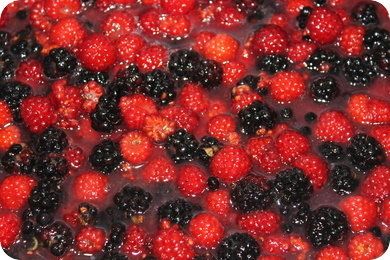
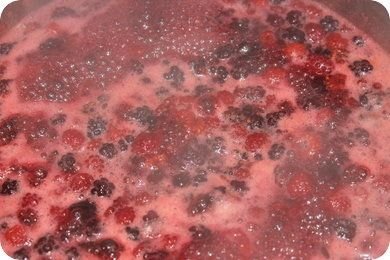
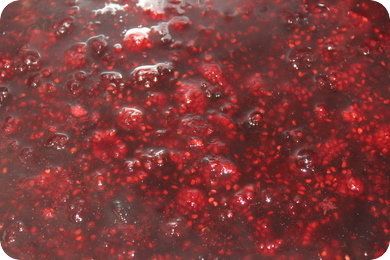
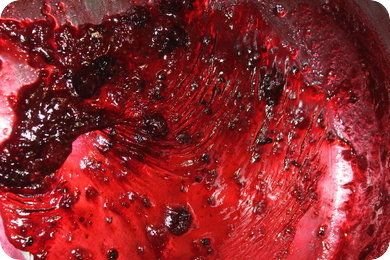
Once you are sure your jam is ready you will need some sterilised jars.
The easiest way to sterilise jars is to wash them in hot soapy water (use a plant-based detergent for your own healths sake), rinse them with clean water, then place them upside down in an oven. Set the oven to 140°C (284°F). When the oven has reached this temperature and the light has gone out your jars are now sterilised. And very, very hot!
Fill the jars with your, also, very hot jam, leaving only a small space at the top (less air is better) then tighten lids on.
To sterilise the lids just place them in a bowl and pour boiling water over them.
We have had jars in our pantry that last for years using these simple methods.
Once your jam has cooled and set the only thing left to decide is what to eat it on/with.
You could have them on Flaxseed crackers.
Or on some good bread.
Or maybe on some gluten free pancakes.
========================================
Thanks for reading and for supporting us.
A post like this can take quite a few hours to put together but as they say 'Sharing is caring.'

Sources:
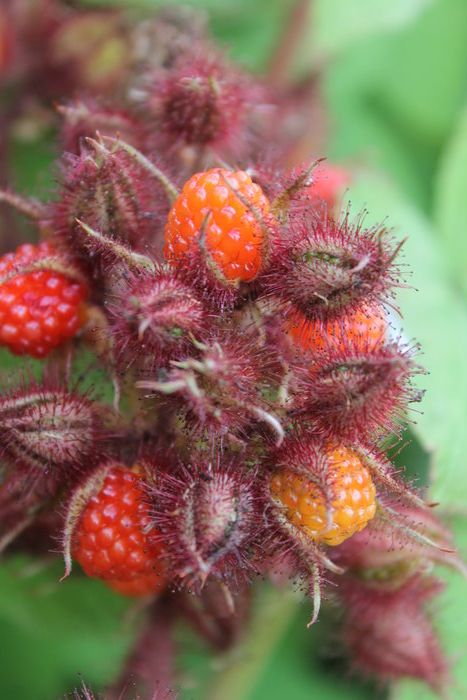
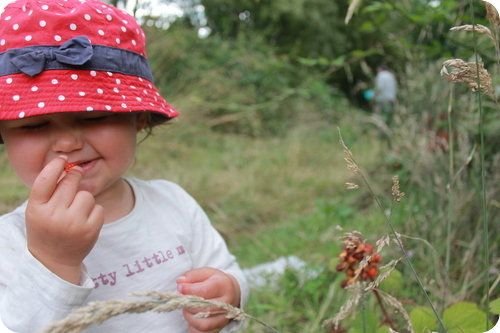

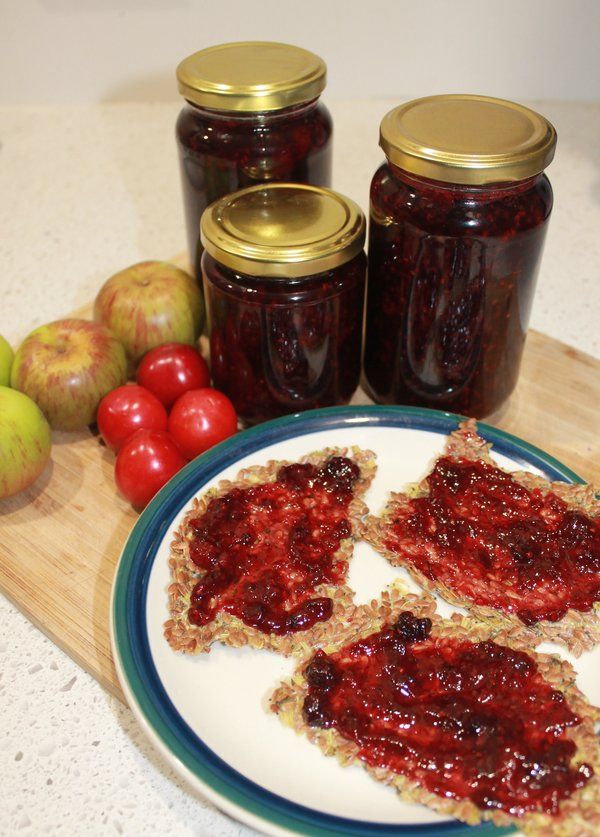
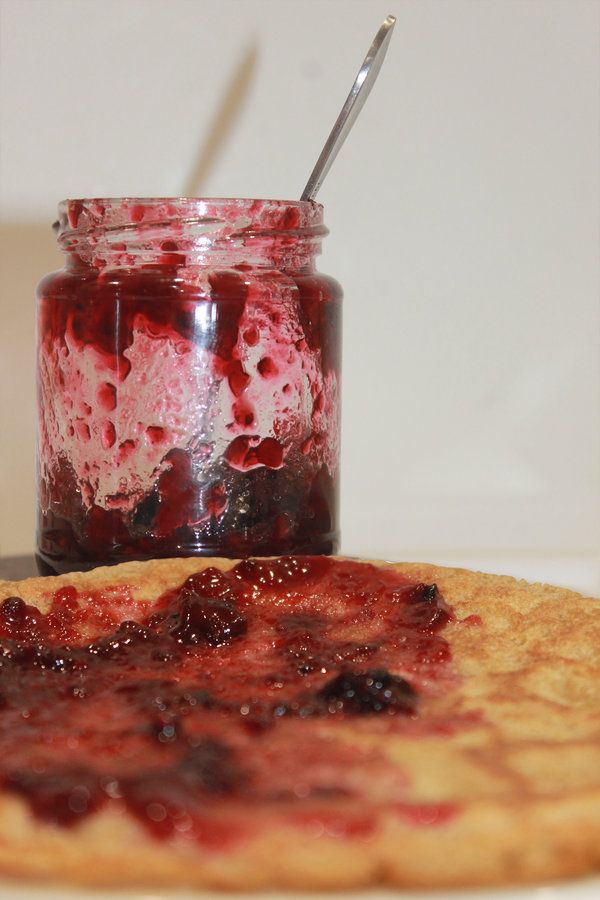
World of Photography Beta V1.0
>Learn more here<
Thank you for participating in #foodphotography, the weekly selection will be released on Tuesday.
You have earned 5.25 XP for sharing your photo!
Daily photos: 1/2
Daily comments: 0/5
Multiplier: 1.05
Server time: 09:45:09
Total XP: 47.15/100.00
Total Photos: 9
Total comments: 1
Total contest wins: 0
Follow: @photocontests
Join the Discord channel: click!
Play and win SBD: @fairlotto
Learn how to program Steem-Python applications: @steempytutorials
Developed and sponsored by: @juliank